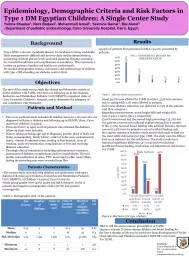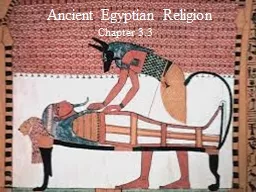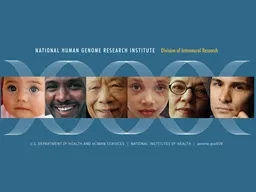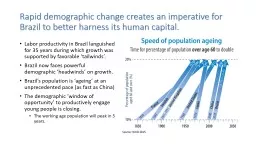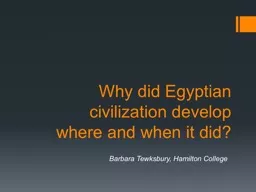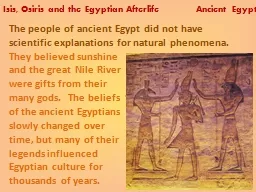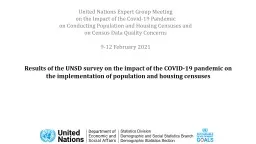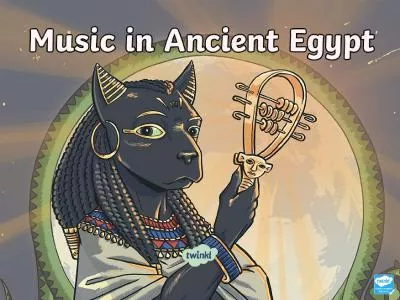PPT-Epidemiology, Demographic Criteria and Risk Factors in Type 1 DM Egyptian Children; A
Author : sophia | Published Date : 2023-05-31
Yomna Shaalan 1 Nora Badawi 1 Mohammed Ismail 1 Yasmine Gamal 1 Mai Alaref 1 1 Department of pediatric endocrinology Cairo University Hospital Cairo Egypt
Presentation Embed Code
Download Presentation
Download Presentation The PPT/PDF document "Epidemiology, Demographic Criteria and R..." is the property of its rightful owner. Permission is granted to download and print the materials on this website for personal, non-commercial use only, and to display it on your personal computer provided you do not modify the materials and that you retain all copyright notices contained in the materials. By downloading content from our website, you accept the terms of this agreement.
Epidemiology, Demographic Criteria and Risk Factors in Type 1 DM Egyptian Children; A: Transcript
Download Rules Of Document
"Epidemiology, Demographic Criteria and Risk Factors in Type 1 DM Egyptian Children; A"The content belongs to its owner. You may download and print it for personal use, without modification, and keep all copyright notices. By downloading, you agree to these terms.
Related Documents

